Aircraft Cleaning Innovations are reshaping what it means to fly safely. With millions of travelers in the air daily, ensuring spotless cabins and sanitized surfaces is no longer just a courtesy—it’s a necessity. Thanks to groundbreaking technology, airlines are moving beyond traditional cleaning methods. Today, UV light robots, antimicrobial coatings, and AI-powered tracking systems are redefining hygiene in the skies. Let’s explore how these futuristic tools are setting new standards in passenger safety and comfort.
Why Cleanliness Is Now Critical in Aviation
The global pandemic was a wake-up call for the entire aviation industry. Before 2020, travelers rarely thought about how clean their tray tables or seat belts were. But things have changed. Clean cabins are now part of a flight’s overall value, not an afterthought. This shift in passenger expectations is driving airlines to invest in high-tech cleaning systems. And that’s where Aircraft Cleaning Innovations step in—creating a safer, more reassuring environment from boarding to landing.
High-Tech Tools Transforming Aircraft Hygiene
Modern planes are cleaned with precision and science. Airlines now deploy a suite of tools and treatments designed to kill pathogens quickly and efficiently. Among the most popular technologies:
UV-C Light Disinfection: Robots equipped with ultraviolet light sweep aircraft interiors, destroying viruses and bacteria within seconds. This chemical-free solution is fast and highly effective, reducing turnaround time while increasing hygiene. Airlines like Qatar Airways and JetBlue are already using this technology widely.

Electrostatic Spraying: This method involves using positively charged disinfectant particles that cling to surfaces—even hard-to-reach ones. The result? A uniform, invisible shield that ensures every inch is covered, reducing chances of contamination during boarding and flights.
Antimicrobial Coatings: Instead of cleaning every few hours, airlines are applying long-lasting antimicrobial treatments to high-touch surfaces like seatbelts, tray tables, and lavatory handles. These coatings neutralize microbes for up to a week, keeping surfaces actively clean between deep-cleans.
HEPA Filtration Systems: Already standard in many modern planes, HEPA filters remove 99.97% of airborne particles. Combined with vertical airflow and frequent air exchange (about every 2–3 minutes), passengers breathe cleaner air throughout their journey.
AI-Powered Monitoring: Sensors and artificial intelligence now help cleaning crews identify which areas need the most attention. These systems track traffic flow inside the cabin, analyze seat occupancy, and signal cleaners where to focus, increasing both speed and accuracy.
What Passengers Gain from These Innovations
The benefits of Aircraft Cleaning Innovations go beyond peace of mind. For flyers, these upgrades mean:
- Cleaner tray tables, armrests, and restrooms—no second-guessing what’s been touched
- Fresher air that’s filtered regularly and efficiently
- Faster boarding thanks to reduced cleaning delays
- Increased trust in airline hygiene practices
As a result, more travelers feel confident returning to the skies, especially those who value health and safety as part of their travel experience.

Is This the Future of Clean Flying?
Absolutely. As technology improves and passengers continue to demand cleaner conditions, these innovations are here to stay. Airlines that invest in AI, robotics, and sustainable cleaning practices aren’t just improving safety—they’re building long-term customer loyalty. Over time, we’ll likely see even more advancements, such as self-sanitizing materials and touchless inflight services. The sky is no longer the limit when it comes to hygiene innovation.
Final Thoughts: Cleaner Flights Ahead
So, the next time you step onto a plane, take a moment to appreciate the invisible tech at work around you. From UV lights to intelligent cleaning bots, the latest Aircraft Cleaning Innovations are creating a safer space to travel. Are you ready to fly with peace of mind? Let us know your thoughts in the comments.
And don’t forget to follow us on social media and visit WentWorld.com for more updates on aviation trends, travel tips, and emerging technology in tourism.
Catch up on the top stories and travel deals by subscribing to our newsletter!



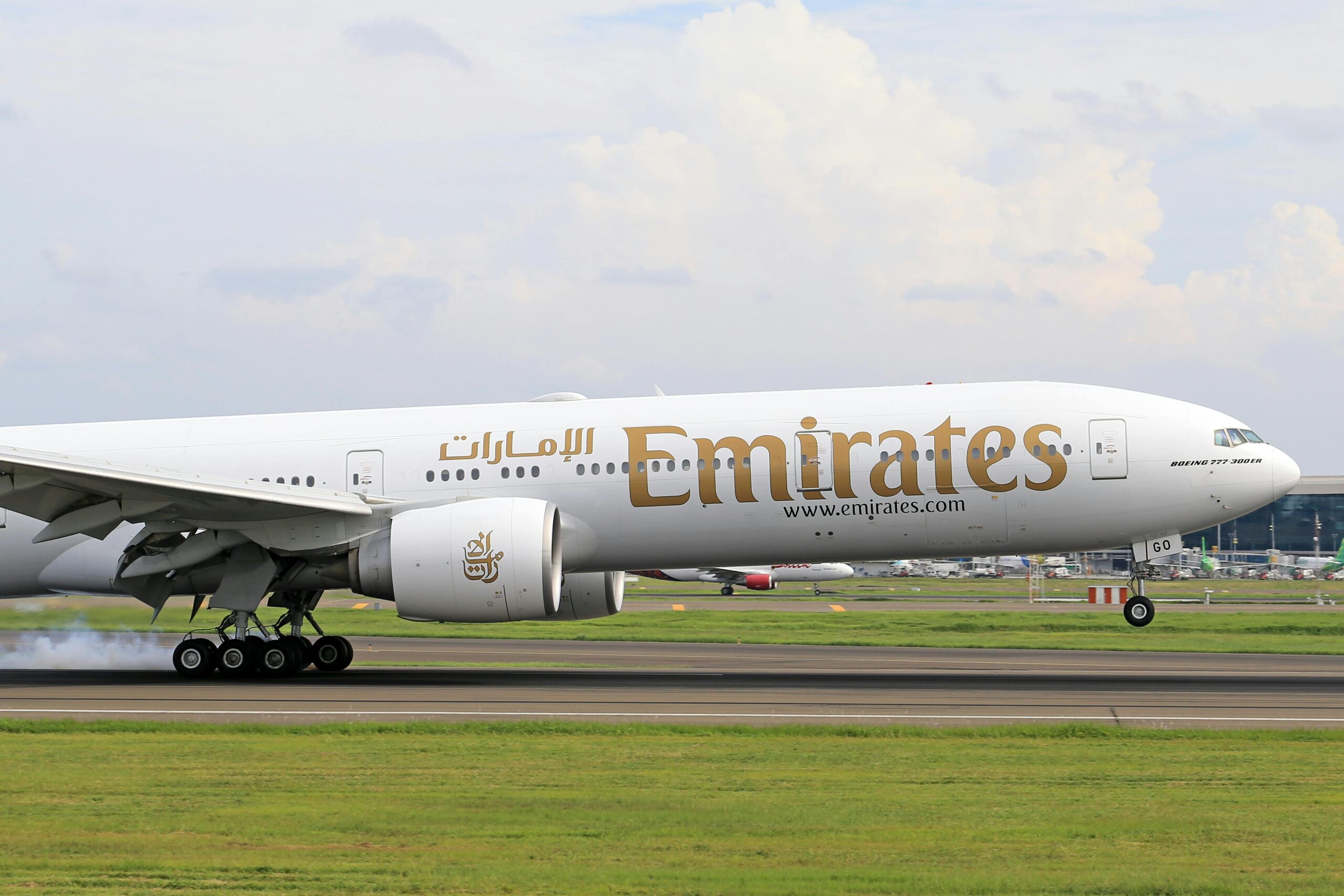
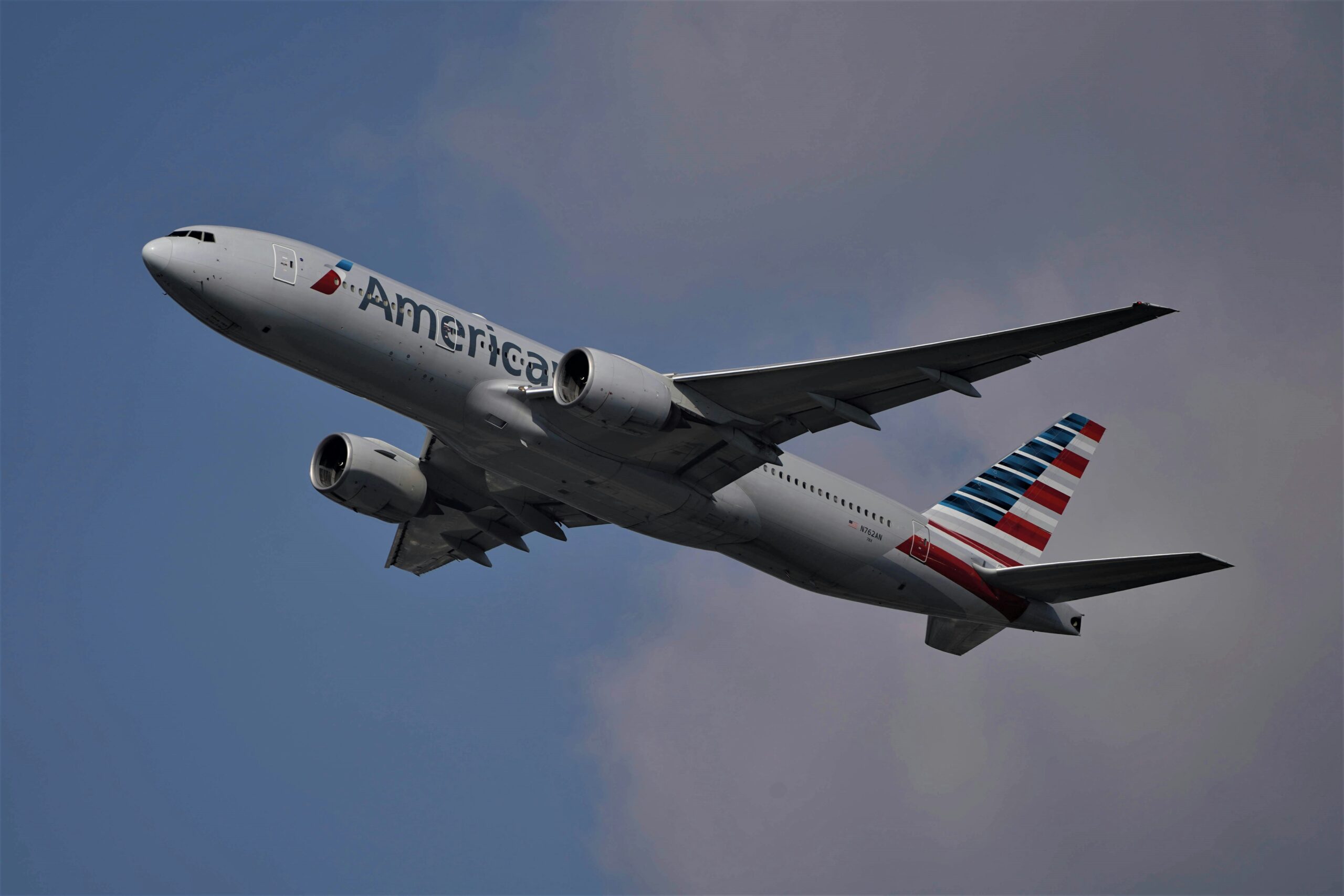
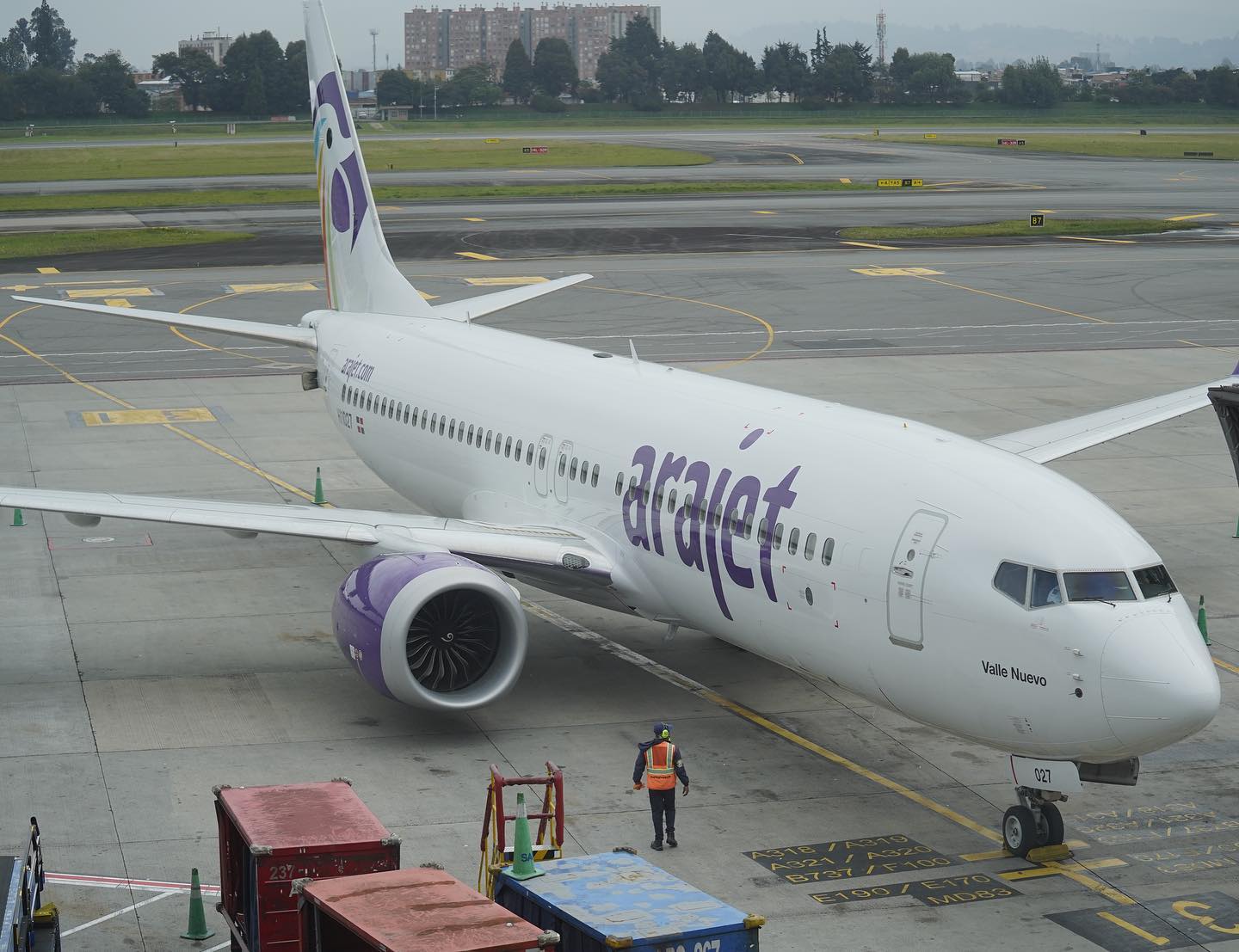



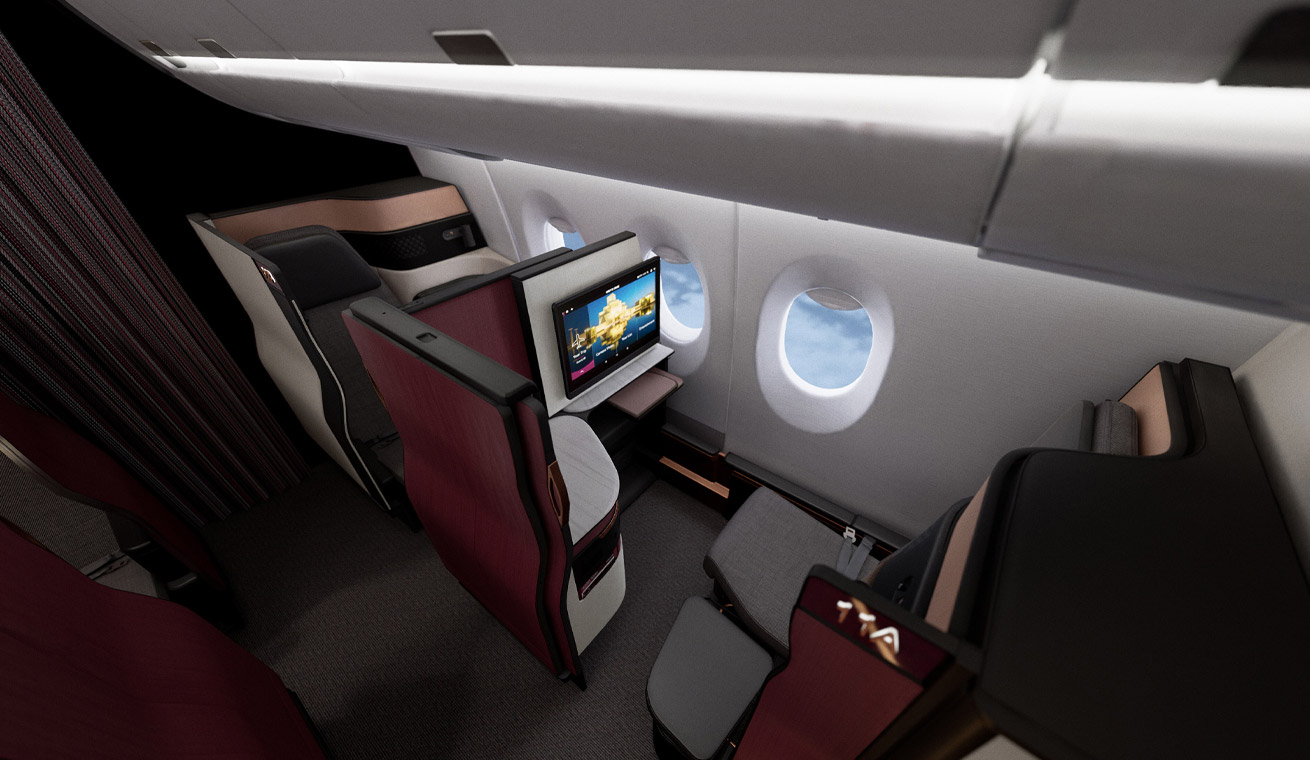
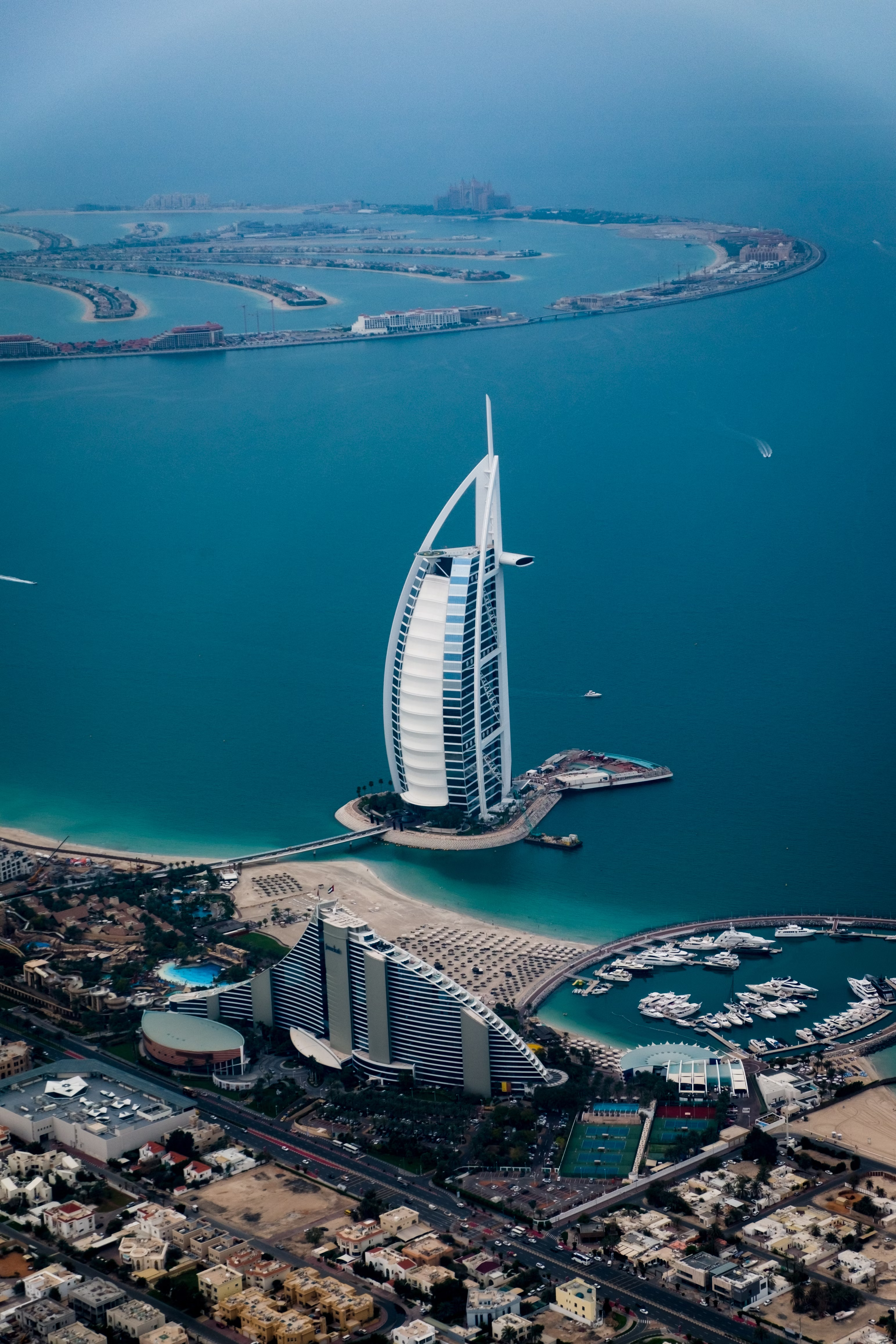
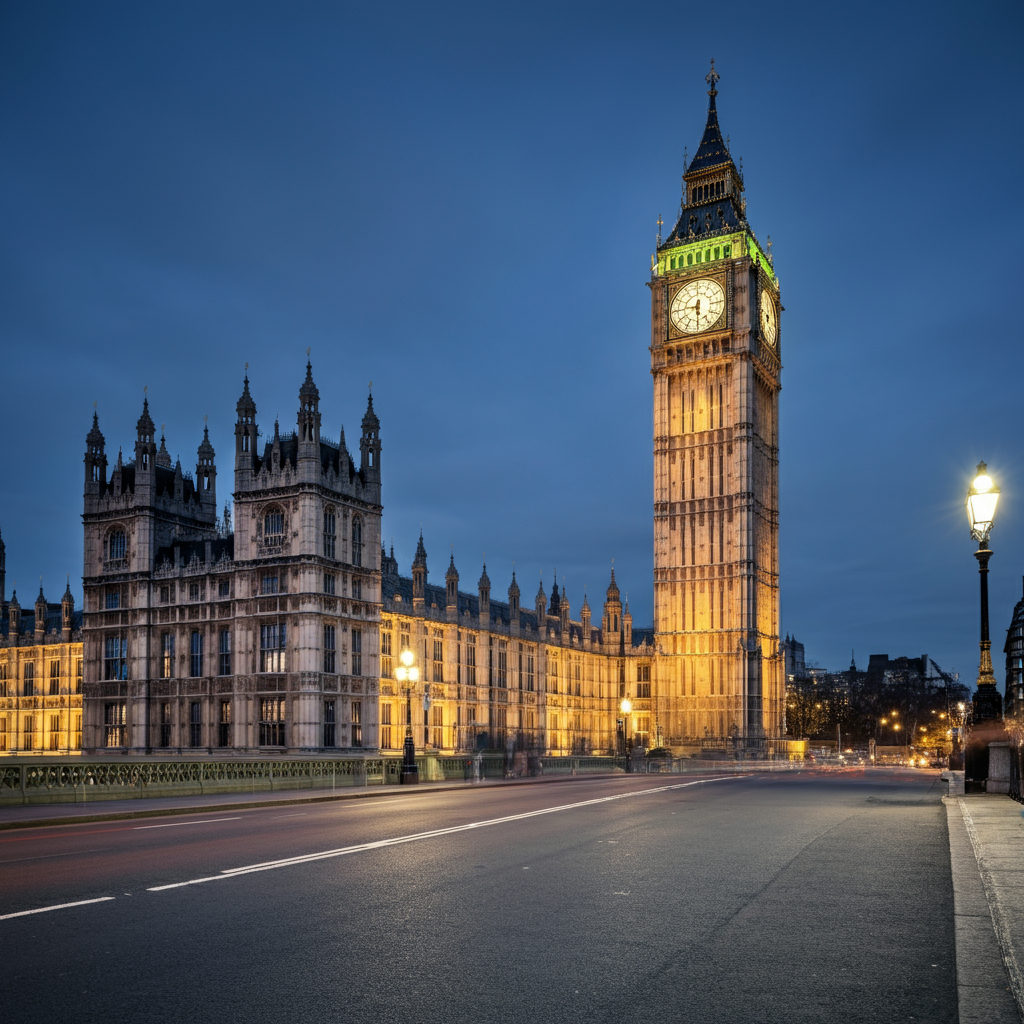
Leave a Reply